
Fast, Reliable APIs with FastAPI

Fast API design is no longer just about response time — it’s about developer ergonomics, safety, observability, and the ability to integrate modern AI services. FastAPI (commonly referenced by the search phrase "fast api") has become a favored framework in Python for building high-performance, async-ready APIs with built-in validation. This article explains the core concepts, best practices, and deployment patterns to help engineering teams build reliable, maintainable APIs that scale.
Overview: What makes FastAPI distinct?
FastAPI is a Python web framework built on top of ASGI standards (like Starlette and Uvicorn) that emphasizes developer speed and runtime performance. Key differentiators include automatic request validation via Pydantic, type-driven documentation (OpenAPI/Swagger UI generated automatically), and first-class async support. Practically, that means less boilerplate, clearer contracts between clients and servers, and competitive throughput for I/O-bound workloads.
Async model and performance considerations
At the heart of FastAPI’s performance is asynchronous concurrency. By leveraging async/await, FastAPI handles many simultaneous connections efficiently, especially when endpoints perform non-blocking I/O such as database queries, HTTP calls to third-party services, or interactions with AI models. Important performance factors to evaluate:
- ASGI server choice: Uvicorn and Hypercorn are common; tuning workers and loop settings affects latency and throughput.
- Blocking calls: Avoid CPU-bound work inside async endpoints; offload heavy computation to worker processes or task queues.
- Connection pooling: Use async database drivers and HTTP clients (e.g., asyncpg, httpx) with pooled connections to reduce latency.
- Metrics and profiling: Collect request duration, error rates, and concurrency metrics to identify hotspots.
Design patterns: validation, schemas, and dependency injection
FastAPI’s integration with Pydantic makes data validation explicit and type-driven. Use Pydantic models for request and response schemas to ensure inputs are sanitized and outputs are predictable. Recommended patterns:
- Separate DTOs and domain models: Keep Pydantic models for I/O distinct from internal database or business models to avoid tight coupling.
- Dependencies: FastAPI’s dependency injection simplifies authentication, database sessions, and configuration handling while keeping endpoints concise.
- Versioning and contracts: Expose clear OpenAPI contracts and consider semantic versioning for breaking changes.
Integration with AI services and external APIs
Many modern APIs act as orchestrators for AI models or third-party data services. FastAPI’s async-first design pairs well with calling model inference endpoints or streaming responses. Practical tips when integrating AI services:
- Use async clients to call external inference or data APIs to prevent blocking the event loop.
- Implement robust timeouts, retries with backoff, and circuit breakers to handle intermittent failures gracefully.
- Cache deterministic responses where appropriate, and use paginated or streaming responses for large outputs to reduce memory pressure.
Deployment, scaling, and observability
Deploying FastAPI to production typically involves containerized ASGI servers, an API gateway, and autoscaling infrastructure. Core operational considerations include:
- Process model: Run multiple Uvicorn workers per host for CPU-bound workloads or use worker pools for synchronous tasks.
- Autoscaling: Configure horizontal scaling based on request latency and queue length rather than CPU alone for I/O-bound services.
- Logging and tracing: Integrate structured logs, distributed tracing (OpenTelemetry), and request/response sampling to diagnose issues.
- Security: Enforce input validation, rate limiting, authentication layers, and secure secrets management.
Build Smarter Crypto Apps & AI Agents with Token Metrics
Token Metrics provides real-time prices, trading signals, and on-chain insights all from one powerful API. Grab a Free API Key
What is the difference between FastAPI and Flask?
FastAPI is built for the async ASGI ecosystem and emphasizes type-driven validation and automatic OpenAPI documentation. Flask is a synchronous WSGI framework that is lightweight and flexible but requires more manual setup for async support, validation, and schema generation. Choose based on concurrency needs, existing ecosystem, and developer preference.
When should I use async endpoints in FastAPI?
Use async endpoints when your handler performs non-blocking I/O such as database queries with async drivers, external HTTP requests, or calls to async message brokers. For CPU-heavy tasks, prefer background workers or separate services to avoid blocking the event loop.
How do Pydantic models help with API reliability?
Pydantic enforces input types and constraints at the boundary of your application, reducing runtime errors and making APIs self-documenting. It also provides clear error messages, supports complex nested structures, and integrates tightly with FastAPI’s automatic documentation.
What are common deployment pitfalls for FastAPI?
Common issues include running blocking code in async endpoints, inadequate connection pooling, missing rate limiting, and insufficient observability. Ensure proper worker/process models, async drivers, and graceful shutdown handling when deploying to production.
How can I test FastAPI applications effectively?
Use FastAPI’s TestClient (based on Starlette’s testing utilities) for endpoint tests and pytest for unit and integration tests. Mock external services and use testing databases or fixtures for repeatable test runs. Also include load testing to validate performance under expected concurrency.
Is FastAPI suitable for production-grade microservices?
Yes. When combined with proper patterns—type-driven design, async-safe libraries, containerization, observability, and scalable deployment—FastAPI is well-suited for production microservices focused on I/O-bound workloads and integrations with AI or external APIs.
Disclaimer
This article is for educational and informational purposes only. It does not constitute professional, legal, or investment advice. Evaluate tools and architectures according to your organization’s requirements and consult qualified professionals when needed.

.svg)

Create Your Free Token Metrics Account

.png)




%201.svg)
%201.svg)


%201.svg)



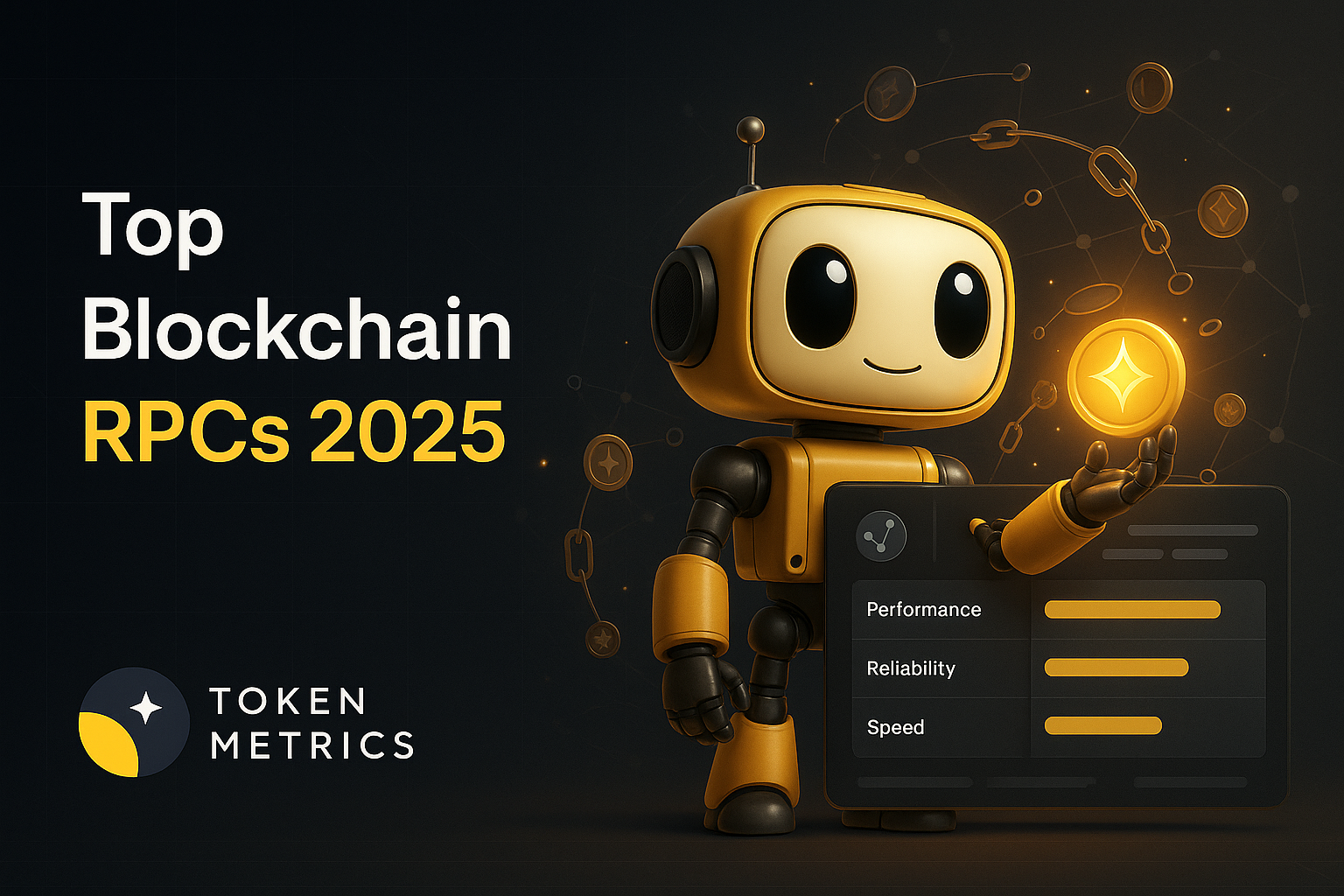
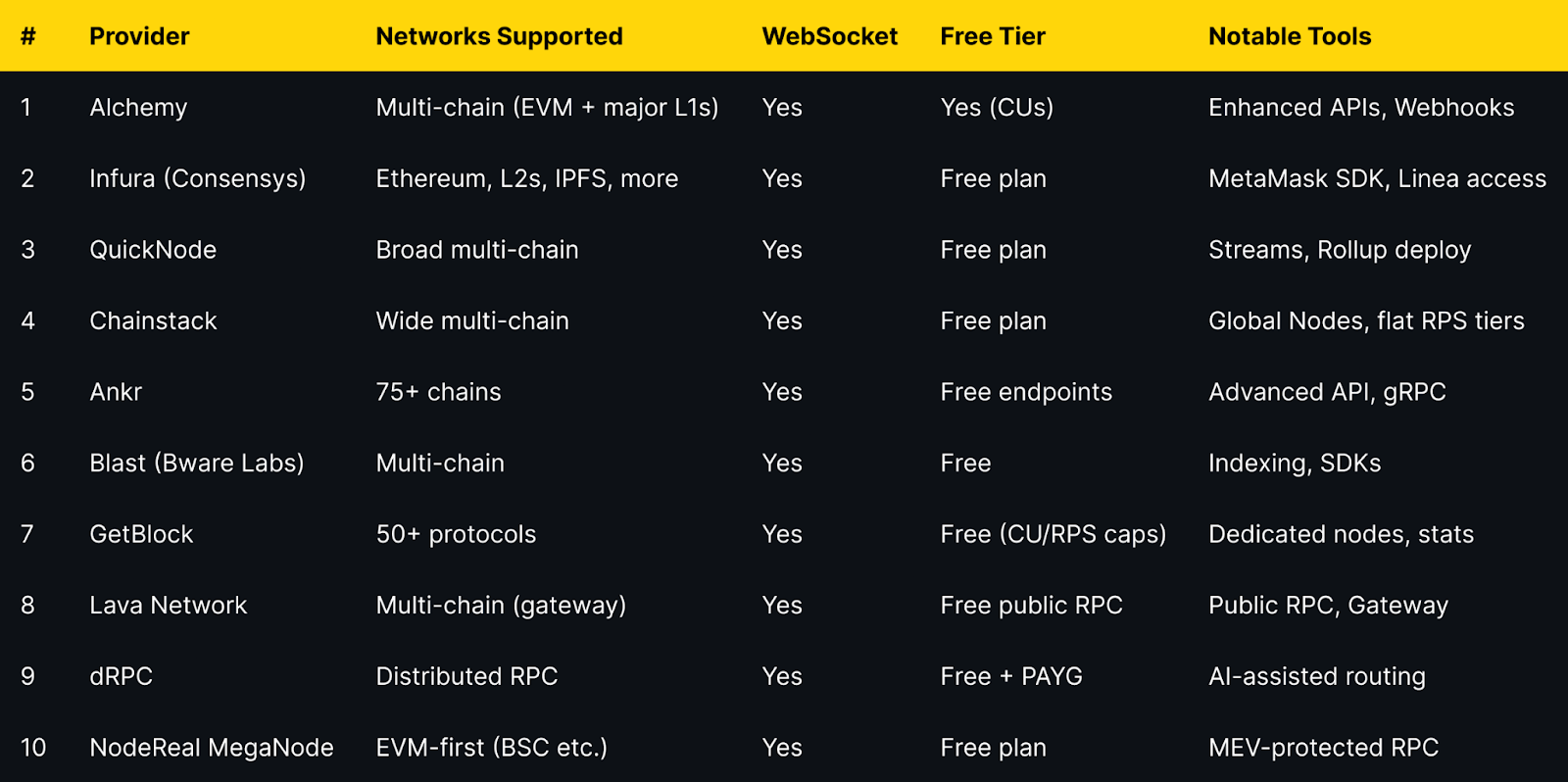

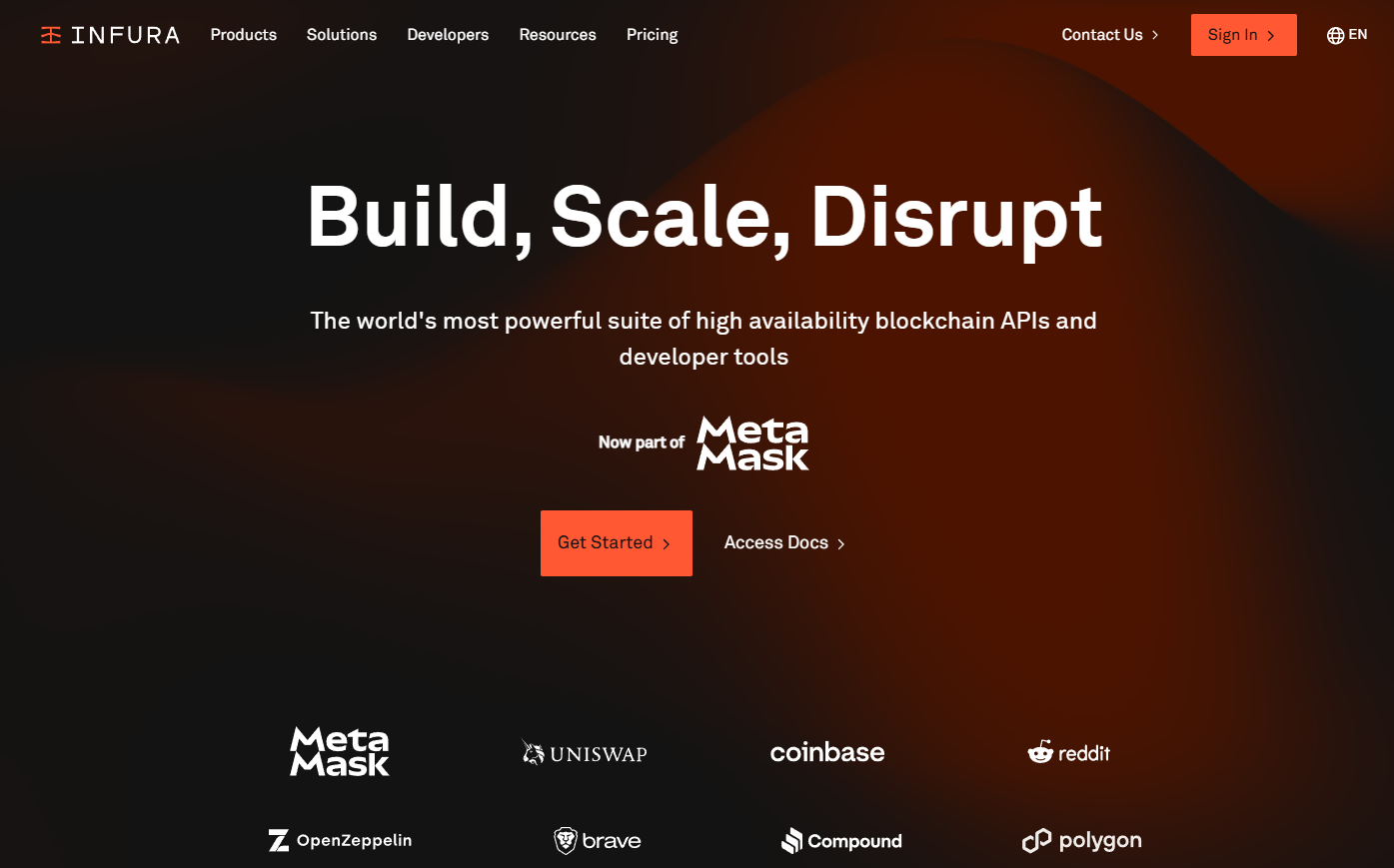
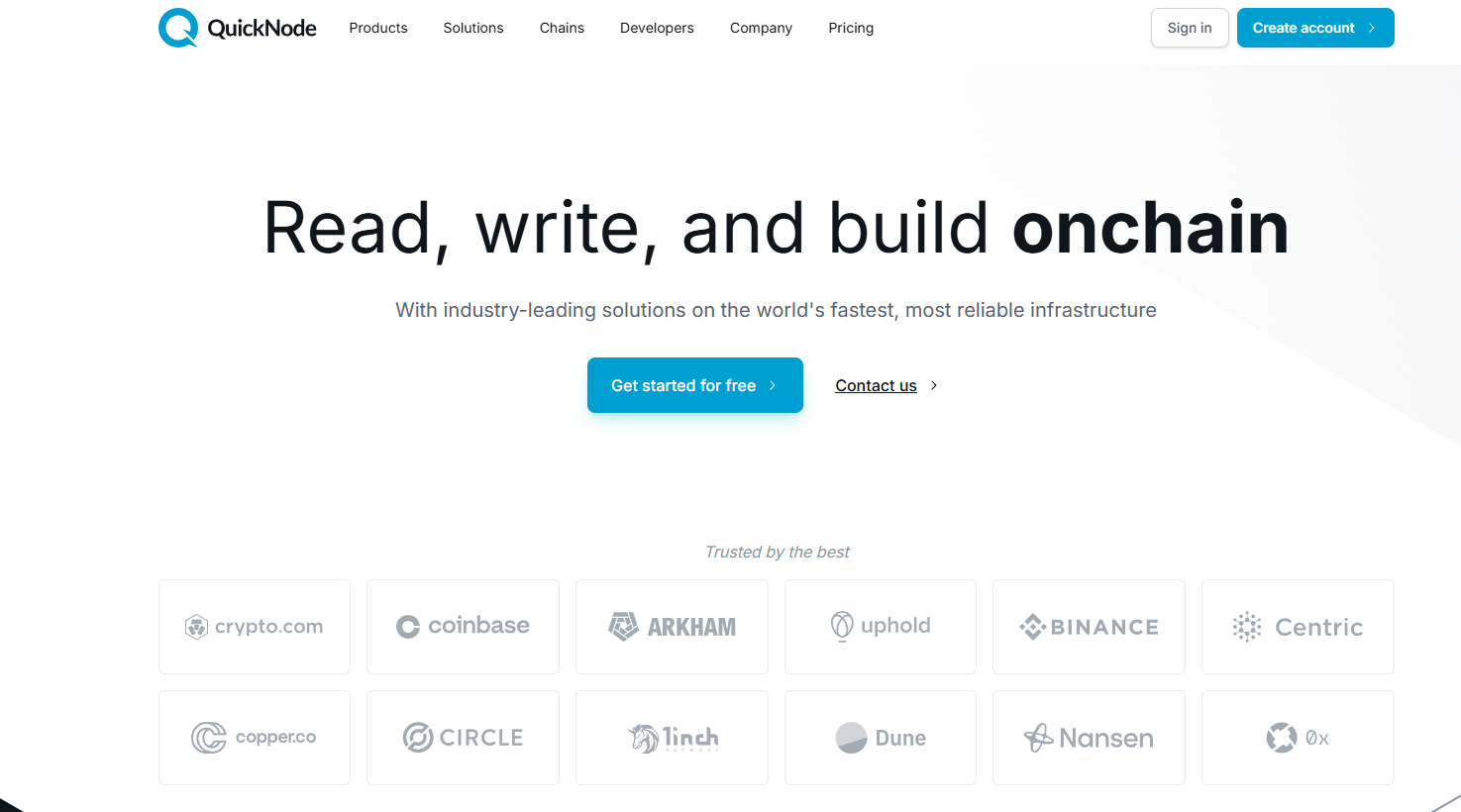

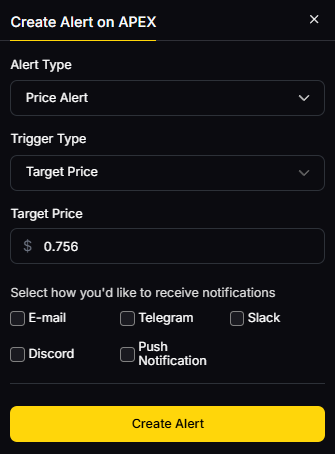

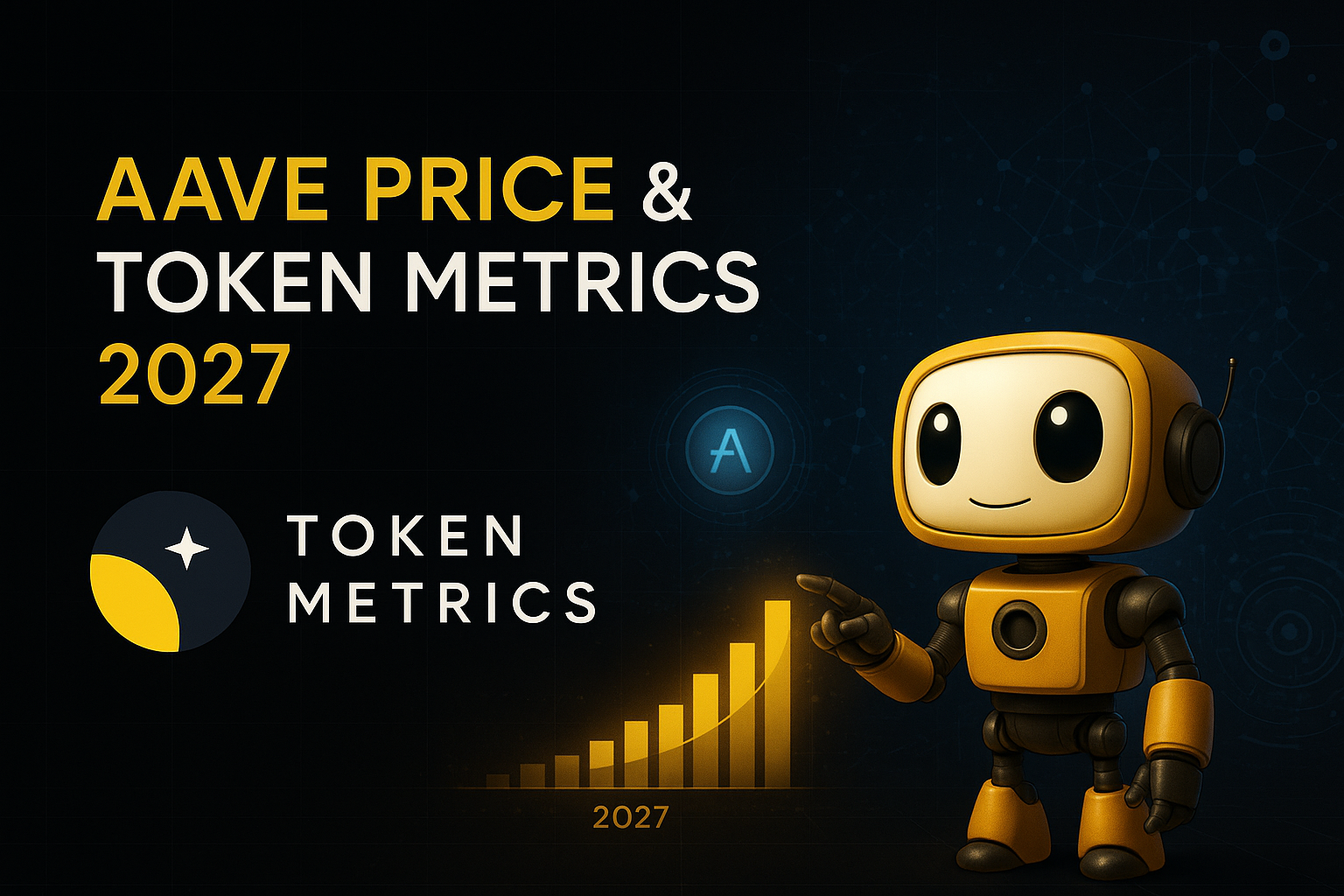

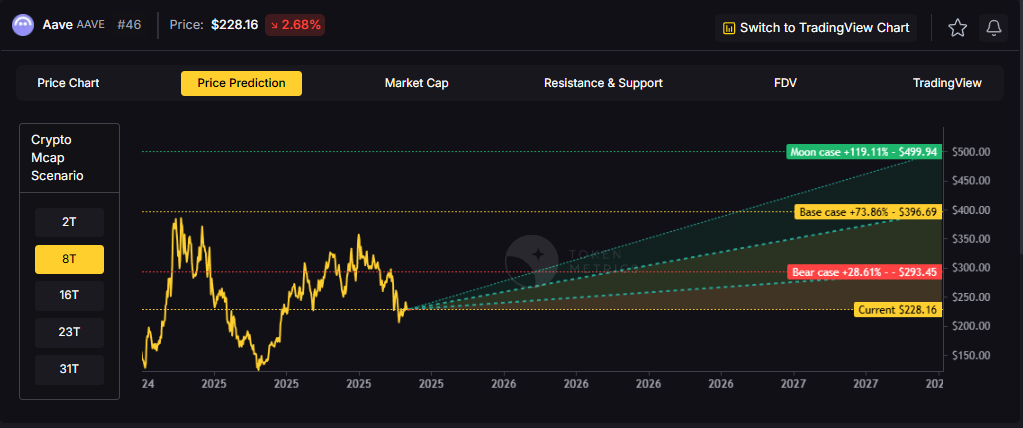
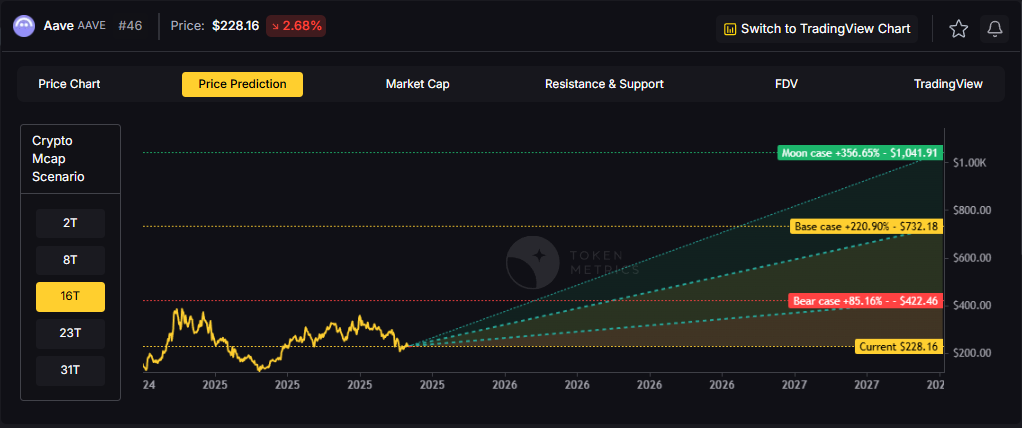

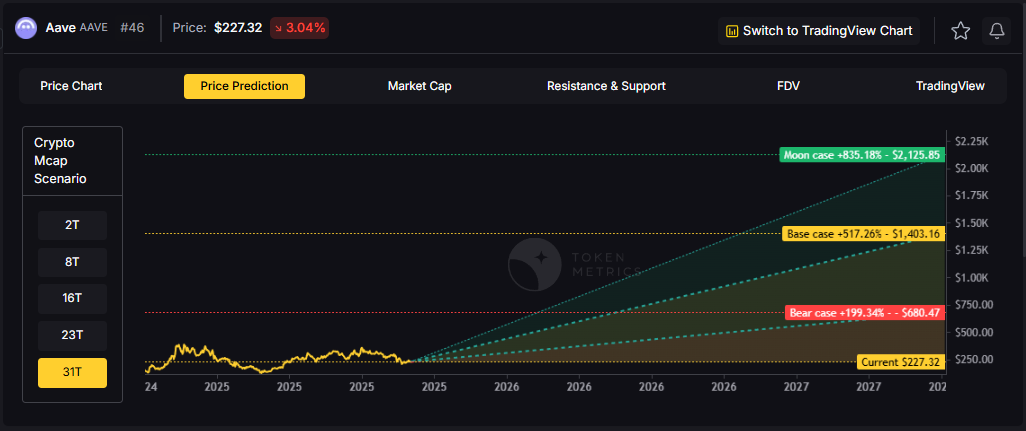

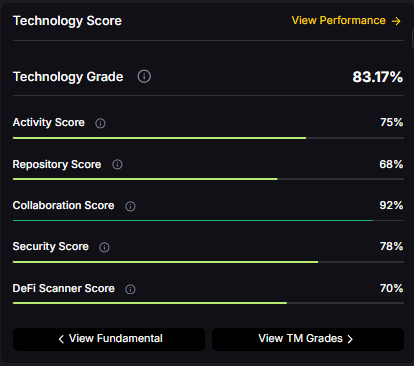
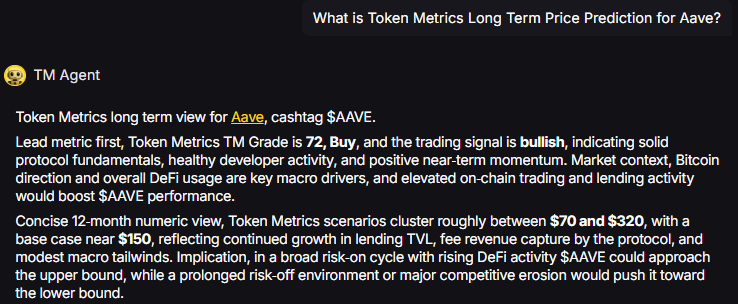
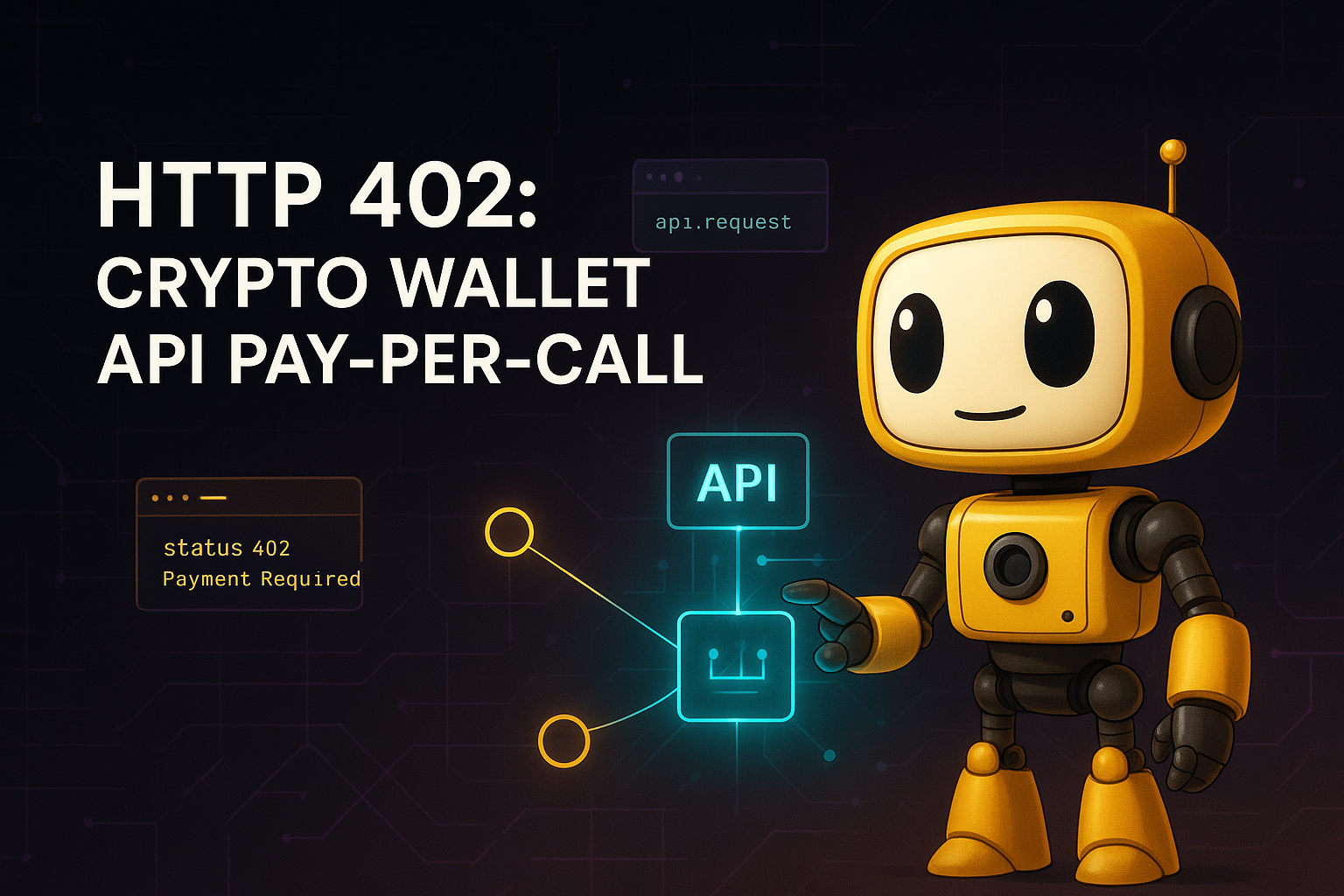


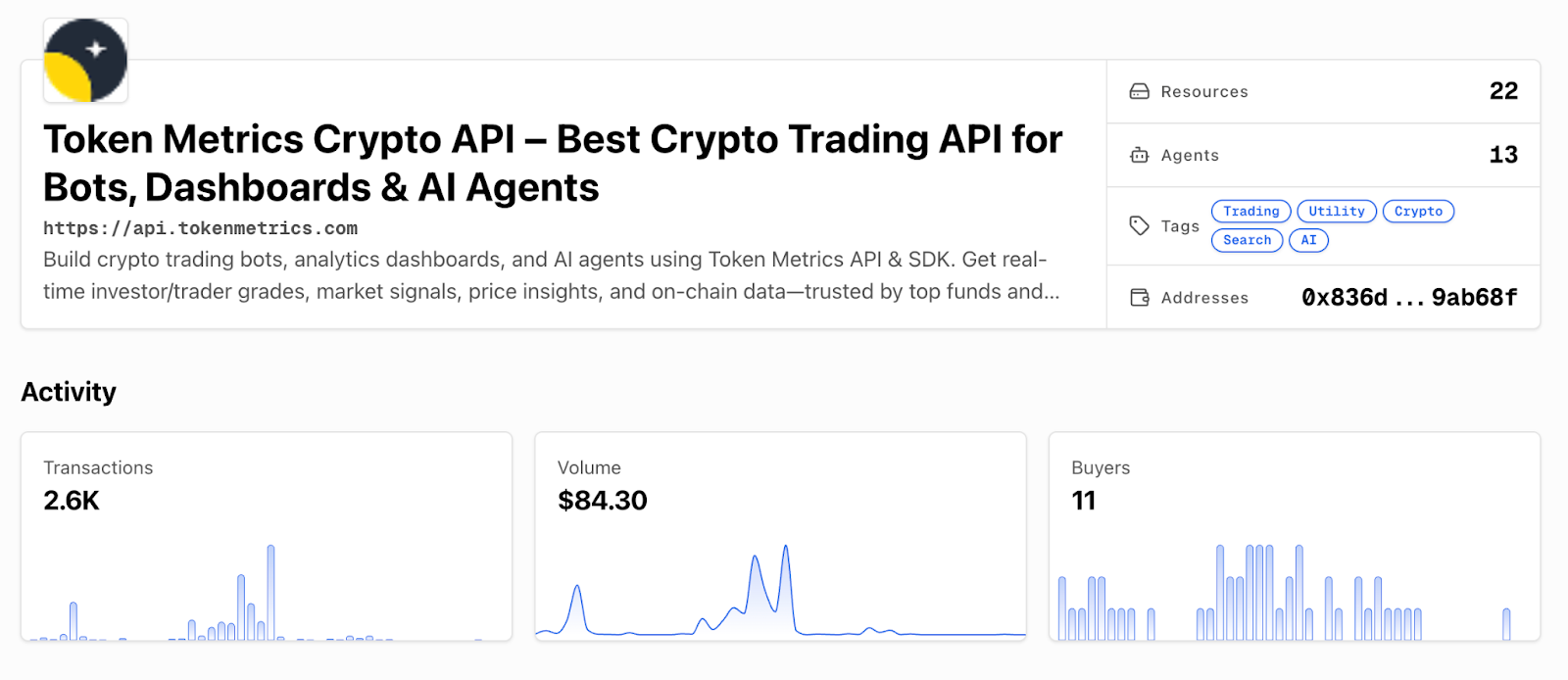
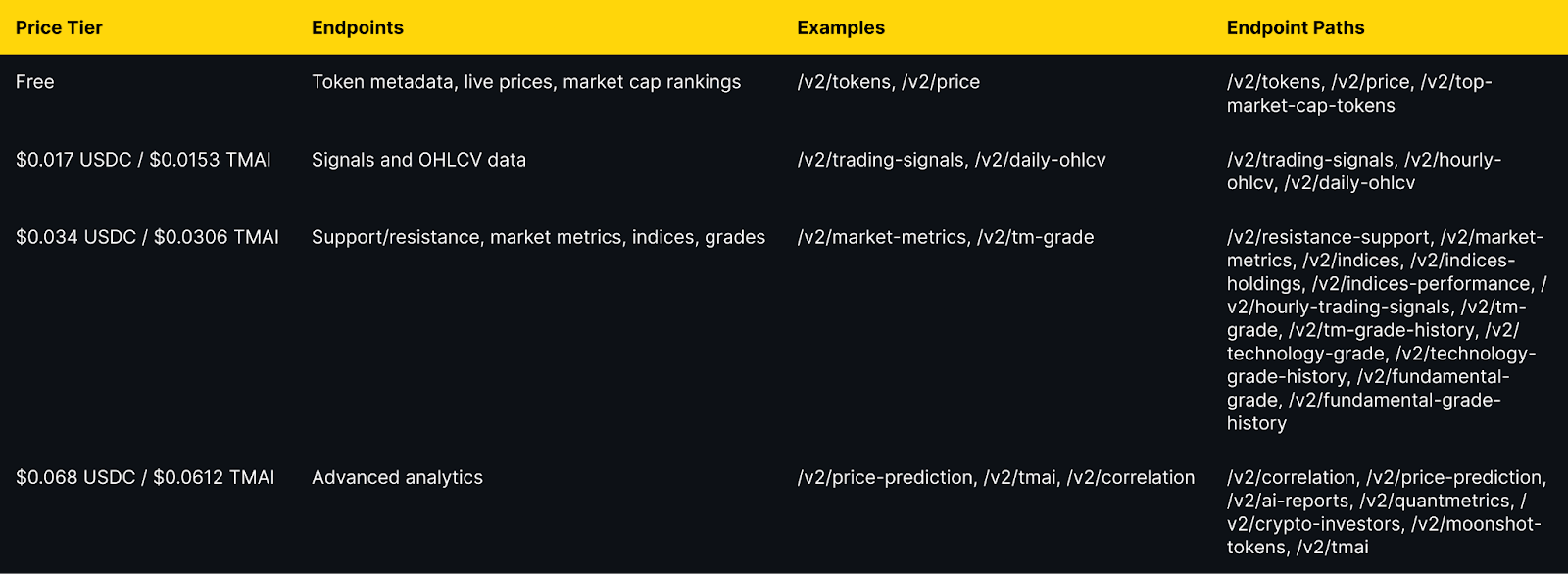
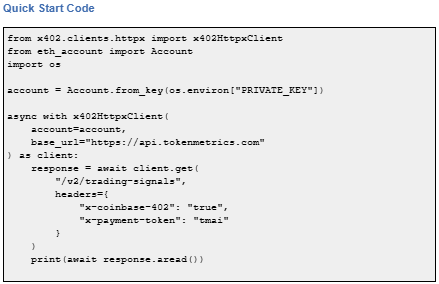



.svg)




.png)